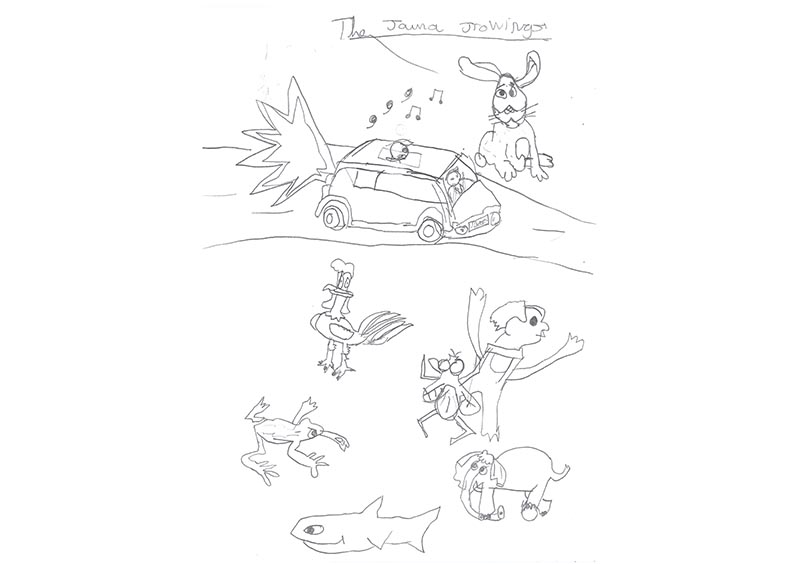Intellectual development
A baby starts to scan for objects from birth and can perceive depth by about 4 months. By 6 months, patterns, sounds and visual sights can be discriminated and they will visually search for objects. A newborn learns to distinguish mum from a stranger. They are able to imitate gestures and discriminate facial expressions by 9 months.
By 12 months they know their own name and will point to themselves. By 18 months they can distinguish between “you” and “me”. Theory of mind develops around 5 years old. By 11 years a child will describe others by identifying their inner qualities. Memories can be retained over 7 days by 6 months, and object permanence, knowing that objects exist even though they’re out of sight, develops around 10 months old. By 15 months babies also start to coordinate actions to solve a problem.
By 18 months, they point to pictures and listen to short stories. The 5 year old is very inquisitive, enjoys playing make-believe and telling their own stories. They know their address and telephone number, days of the week, 4 colours can count to 10 and recognise letters. By 8 years, a child is becoming even more curious about the meanings of words. Their thinking is very concrete, they follow rules very strictly and like to complete tasks. They have a good grasp of basic numerical principles.
By 11, the child is starting to read for enjoyment and likes solving puzzles. They will judge an act based on the intent of a person rather than the consequence of the actions. By 14, adolescents are starting to use abstract thinking and deductive reasoning to analyse complex issues. From 16 onwards increasing planning and reasoning abilities begin to mitigate risk and thrill seeking behaviours that are characteristic of late adolescence.
Select the button to guess the age of the child that drew these drawings.

Correct
Incorrect
Age 2 - scribblings of this nature are characteristic of children from all over the world between the ages of 2-5.

Correct
Incorrect
Age 5 - the images are recognisable and a pet. There is an emphasis on facial features.

Correct
Incorrect
Age 7 - by 7, bodies are drawn showing limbs and torso. Facial features now include more detail; for example, eylashes on the girl.

Correct
Incorrect
Age 9 - by 9, the picture shows lots of detail demonstrating the wide range of interests.
Theory Library
